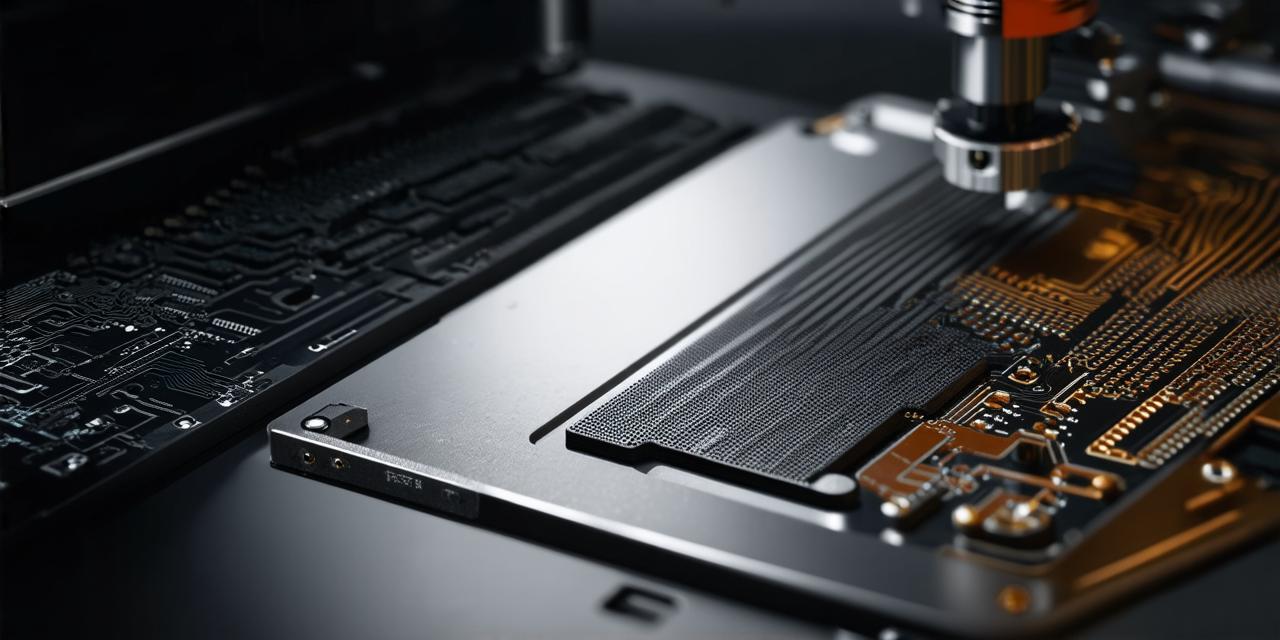1. Visual Scripting:
One of the key features of Unreal Engine is its visual scripting system, which allows developers to create complex game logic without writing any code. Blueprints are graphical representations of game objects and their behavior, and they can be used to create everything from simple animations to complex AI systems. Visual scripting in Unreal Engine 5 is particularly powerful, with new features such as custom nodes, expressions, and support for C++ plugins allowing developers to create more sophisticated and efficient scripts. However, it’s important to note that while blueprints can be a great tool for prototyping and rapid development, they may not always be the best choice for large-scale or performance-critical applications.
2. Modular Design:
Modular design is an approach to game development that involves breaking down the game into smaller, more manageable parts that can be developed independently. This approach can make it easier to maintain and update the game over time, as well as making it easier to reuse code and assets across multiple projects. Unreal Engine 5 includes a number of tools and features that support modular design, including blueprints, subclassing, and the ability to package and distribute individual game modules. However, it’s important to note that modular design can also introduce additional complexity and potential issues with version control and dependencies.
3. Procedural Generation:
Procedural generation is a technique used in game development to generate game content, such as levels or enemies, on the fly rather than pre-creating them. This can be particularly useful for creating large, open-world games where it would be impractical to manually create every detail of the environment. Unreal Engine 5 includes a number of tools and features that support procedural generation, including the World Composition system, which allows developers to create complex worlds from smaller, more manageable pieces, and the Landscape Editor, which enables the creation of realistic terrain and environments using a variety of algorithms and techniques.
4. AI and Machine Learning:
Artificial intelligence (AI) and machine learning are becoming increasingly important tools in game development, allowing games to adapt and respond to player behavior in real-time. Unreal Engine 5 includes a number of AI tools and features, including the Behavior Tree system, which allows developers to create complex AI behaviors using a visual interface, and support for deep learning algorithms, which can be used to train AI models based on player behavior and other data. However, it’s important to note that AI and machine learning can be complex and computationally intensive, and may require specialized hardware and expertise to implement effectively.
5. Cloud Computing and Server-Side Rendering:
Cloud computing and server-side rendering are becoming increasingly popular in game development, allowing games to run smoothly on a wider range of devices and providing a more consistent gaming experience across different platforms. Unreal Engine 5 includes support for both cloud computing and server-side rendering, with features such as the Online Subsystems and the Cloud Rendering system enabling developers to create games that can scale to meet the demands of large numbers of players. However, it’s important to note that cloud computing and server-side rendering can also introduce additional complexity and potential issues with scalability and performance.
FAQs:
What is visual scripting in Unreal Engine? Visual scripting is a graphical representation of game objects and their behavior, which allows developers to create complex game logic without writing any code.
What is modular design in game development? Modular design is an approach to game development that involves breaking down the game into smaller, more manageable parts that can be developed independently.
What is procedural generation in game development? Procedural generation is a technique used in game development to generate game content, such as levels or enemies, on the fly rather than pre-creating them.
What are some benefits of using AI and machine learning in game development? AI and machine learning can be used to create more intelligent and adaptable game characters and environments, allowing games to respond to player behavior in real-time.
What is cloud computing and server-side rendering in game development? Cloud computing and server-side rendering are techniques that allow games to run smoothly on a wider range of devices and provide a more consistent gaming experience across different platforms.
Summary:
Unreal Engine 5 is a powerful tool for game developers, offering a wide range of features and tools for creating engaging and immersive games. Whether you’re a beginner or an experienced game developer, Unreal Engine 5 has something to offer for everyone. By leveraging the power of Blueprints, Modular Design, Procedural Generation, AI & Machine Learning, and Cloud Computing & Server-Side Rendering, you can create games that are not only visually stunning but also highly interactive and engaging.




